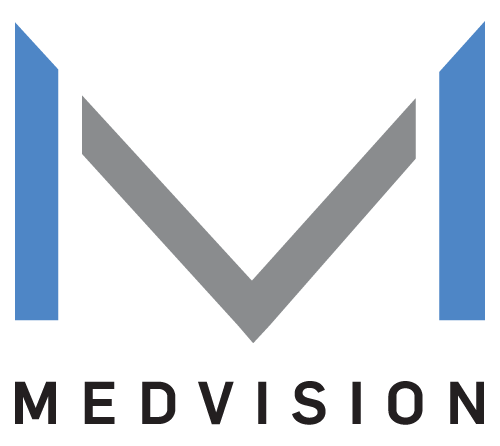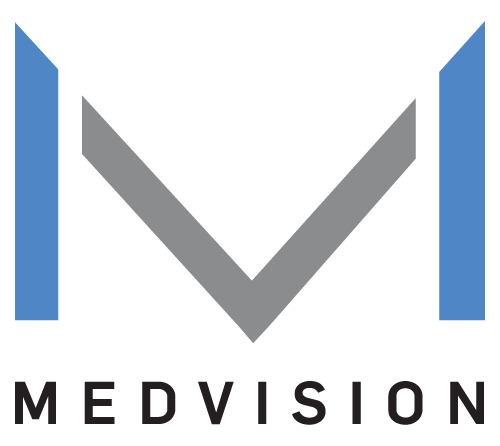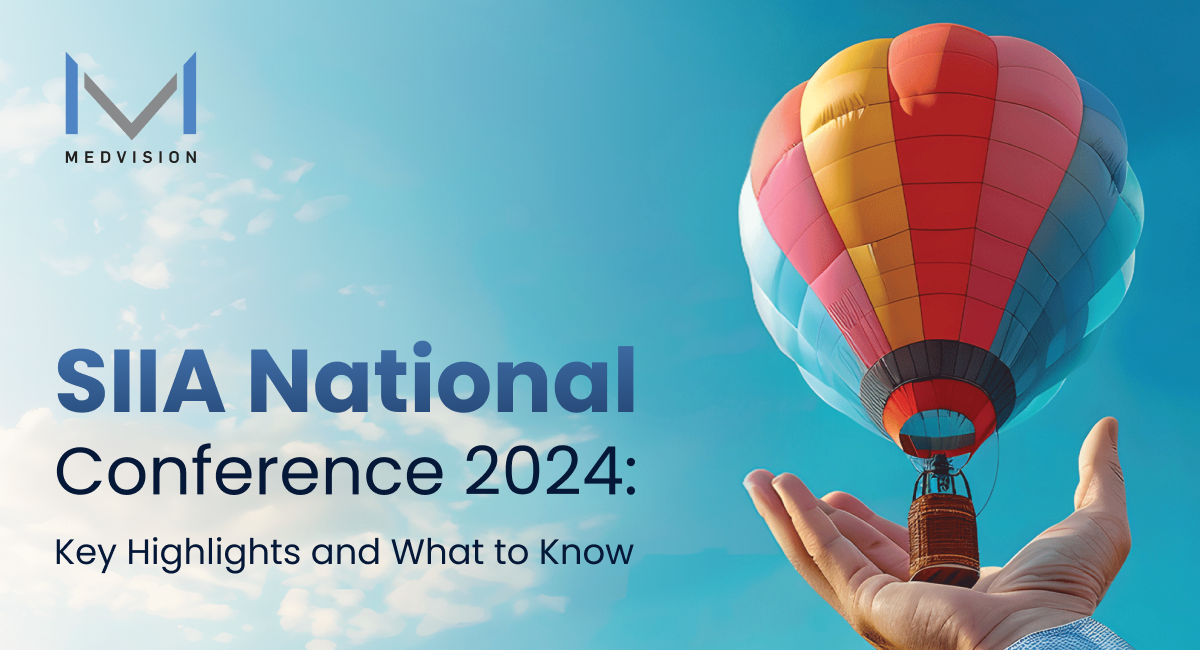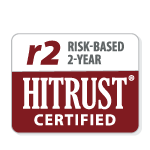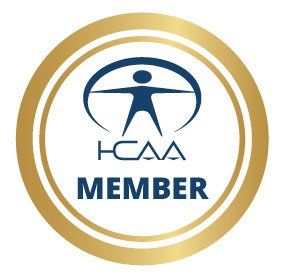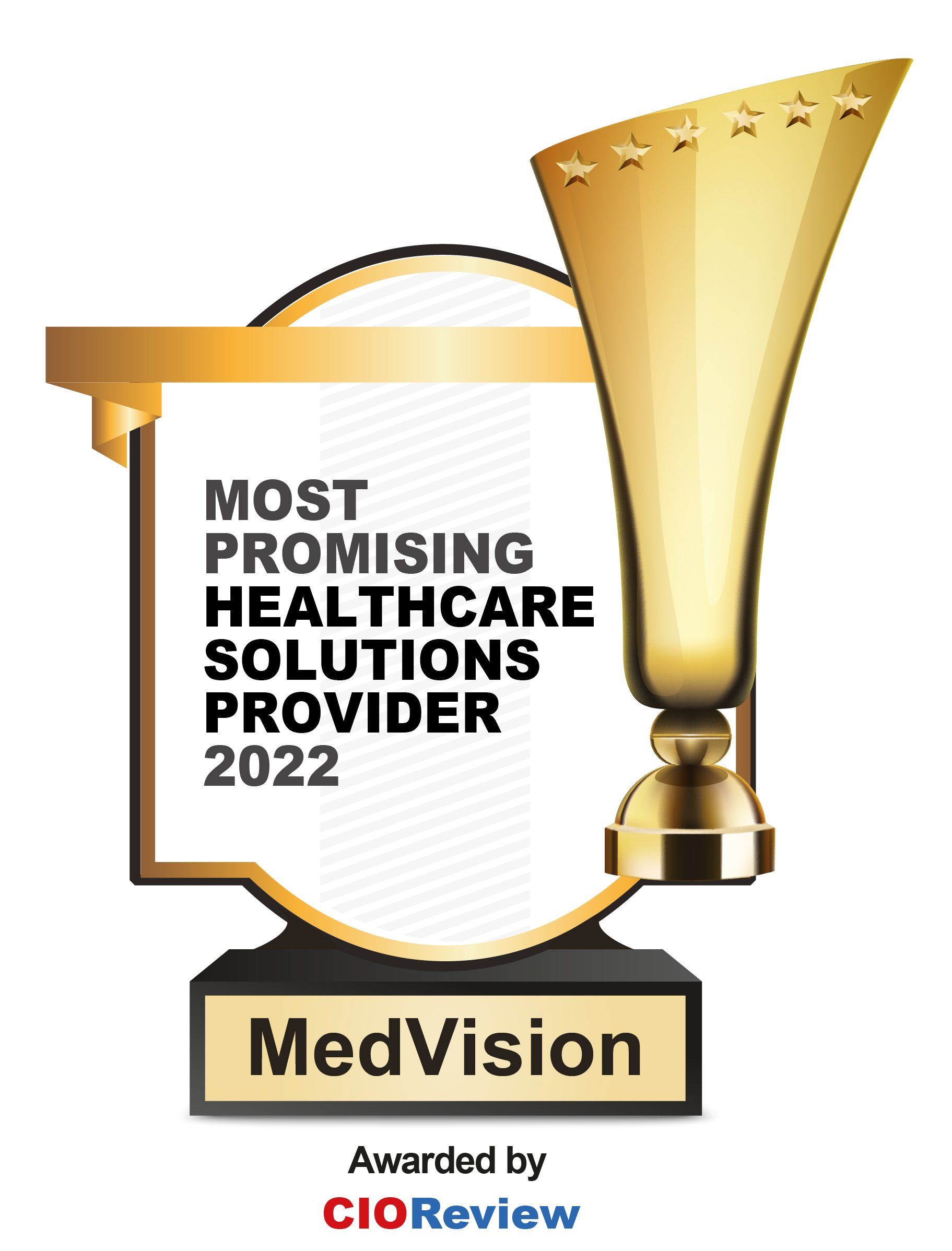Conquering Challenges in Today’s PACE Programs: An Overview

The rapidly growing senior population in the U.S. calls for immediate attention to provide compassionate care and support for our aging loved ones. According to the U.S. Census Bureau, the number of adults aged 65 and older will rise from 52 million in 2018 to 95 million by 2060.
This demographic shift means seniors, who often have complex healthcare needs and chronic conditions, are now a major segment of the patient population. The healthcare systems and social services will face challenges, potentially leading to increased wait times, higher costs, and a greater demand for specialized professionals.
The Program of All-Inclusive Care for the Elderly (PACE), a government-funded program, has become essential in addressing these needs. PACE provides seniors with comprehensive, coordinated, community-based care, ensuring they receive medical attention in a supportive environment.
PACE currently sets the benchmark for community-based integrated care for older adults with chronic illnesses in the country. As the senior population expands, the importance of this healthcare model will continue to rise.
Despite their substantial benefits and rising adoption, PACE programs face various challenges in ensuring efficient management and administration.
Streamline Your PACE Program Today!
A Closer Look at PACE
PACE seeks to integrate medical, social, and personal care services for seniors aged 55 and above who want to stay within their communities rather than in nursing homes.
When participants join PACE, they receive care from an interdisciplinary team (IDT) of professionals. The team includes physicians, therapists, nurses, nutritionists, social workers, transit drivers, personal care aides, and others working together to meet the participants' needs.
The collaborative efforts of an interprofessional team have proven effective in enhancing patient outcomes. On average, those enrolled in PACE live an extra four years in their community. Research indicates that PACE delivers convenient, high-quality, and economical
care management for seniors.
In particular, PACE programs are linked to:
- Enhanced care quality
- Fewer unaddressed needs
- Lower mortality rates
- Sustained functional independence
- Notable decrease in hospital and nursing home admissions
- Higher satisfaction among participants and caregivers
- Lower Medicare expenses
The efficiency of PACE programs in managing health crises became more evident during the pandemic. The national COVID-19 death rate for PACE participants was 3.8%, significantly lower than the 11.8% reported in nursing homes.
The effective response of PACE Programs during the pandemic has set a strong foundation for further growth, but it also highlights areas for improvement.
5 Challenges PACE Programs Face

The success of PACE in providing integrated care is undeniable. Yet, several challenges hinder the efficiency and expansion of these programs.
Here are the top five obstacles and how administrative software like QuickCap can help solve them.
1. Regulatory Compliance Challenges
Compliance with various healthcare laws, insurance requirements, and reporting mandates requires extensive administrative effort and expertise. The federal and state regulations governing PACE programs evolve constantly.
This sector’s nature necessitates continuous updates to policies and procedures, which are time-consuming and costly. Non-compliance with regulatory standards can result in sanctions and jeopardize the program's funding.
QuickCap simplifies compliance by integrating up-to-date regulatory requirements into its platform, ensuring all processes adhere to federal and state laws. It also automates reporting and documentation, reducing the risk of errors and non-compliance.
2. Resource Constraints
Operating PACE programs requires significant financial resources, and uncertainties regarding state funding further complicate the situation. Rural areas, in particular, struggle with recruiting skilled staff and attracting sufficient program participants.
PACE programs often operate with limited budgets, restricting your capacity to expand services, hire additional staff, or invest in essential medical equipment and supplies. Budget limitations restrict service offerings, while staffing shortages can degrade care quality and increase the workload for existing employees.
Implementing administrative software like QuickCap helps optimize resource allocation by automating routine tasks. This solution reduces the need for extra staff and enables current personnel to concentrate more on patient care. Enhanced efficiency leads to cost savings, which providers can reinvest into improving care services.
Read:
How to Pick the Best Software For a PACE Program
3. Care Coordination Hurdles
PACE encourages providers to embrace a value-based care model, incentivizing them to deliver high-quality, flexible, and innovative care. While effective care coordination is central to PACE programs, it presents several challenges.
Seamless communication and collaboration among IDT members, participants, and external healthcare providers are crucial but often difficult to achieve. Disparate healthcare operating systems and varying communication protocols result in care gaps, misunderstandings, and treatment delays.
An integrated PACE operating system enhances care coordination by utilizing built-in communication platforms and a centralized care management system. This technology ensures all providers have real-time access to participant information and care plans, promoting seamless transitions and consistent care delivery.
4. Data Management Struggles
Managing and leveraging data effectively is crucial for the success of PACE programs. However, many programs struggle with integrating and analyzing data from various sources, including patient surveys, electronic health records (EHRs), and financial systems.
Poor data management hinders tracking patient outcomes, identifying improvement areas, and making informed decisions. In addition, there’s the added task of maintaining data privacy and security in compliance with HIPAA regulations.
QuickCap administrative software provides advanced data integration and analytics tools that consolidate health plan records, provider and patient reports, physician and hospital FFS claims, and other data into a unified, user-friendly platform. This solution enables accurate and efficient data management for better care planning and outcome tracking.
5. Participant Engagement Dilemmas
Maintaining engagement in care plans is essential for good health outcomes, but keeping everyone involved is not always easy. Cognitive decline, physical limitations, and varying health literacy levels interfere with effective communication and participation.
Additionally, cultural and language differences create misunderstandings, making it even more challenging to meet the diverse needs of senior communities. Programs must find innovative ways to
promote inclusivity and engage PACE participants and their families to ensure care plan adherence and overall satisfaction.
Accelerate Your PACE Program Efficiency!
Integrating administrative software such as MedVision’s QuickCap transforms how PACE programs operate. With its comprehensive suite of features, our software simplifies intricate processes, boosts data management, and ramps up efficiency across the board. It automates mundane tasks and delivers real-time insights, freeing PACE administrators to concentrate on what matters—providing top-notch care to patients.
Stay tuned for our upcoming series of in-depth blogs, where we'll unpack each challenge in detail and explore potential solutions. Get ready for actionable insights and practical tips that will help you fine-tune your PACE programs and enhance operational efficiency. Let MedVision’s
innovative healthcare solutions propel your program to success.
Optimize your PACE Program with QuickCap
Recently published articles
Keep in touch
Subscribe to get the latest update
Trending topics
Share your insights on social media
Upcoming events and company news
